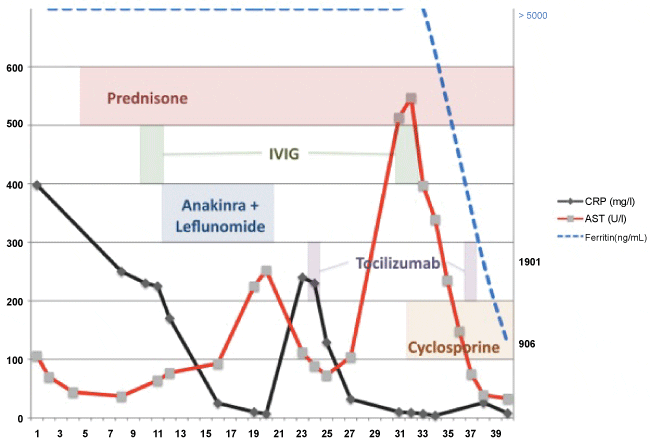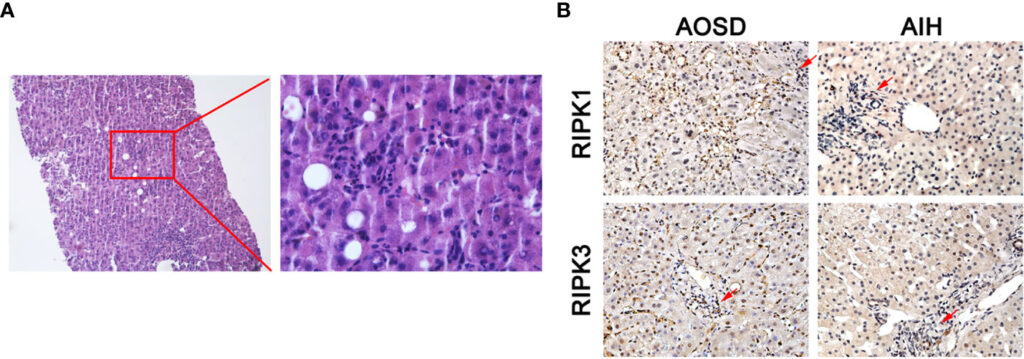Adult-Onset Still’s Disease, often abbreviated as AOSD, is a rare systemic inflammatory disorder that primarily affects young adults. Despite its rarity, this condition can significantly impact the quality of life for those diagnosed with it. The disease is characterized by symptoms such as high fever, rash, joint pain, and inflammation in various parts of the body. In this article, we will explore the causes, symptoms, diagnosis, treatment options, and management strategies for Adult-Onset Still’s Disease.

What Is Adult-Onset Still’s Disease?
Adult-Onset Still’s Disease is a type of inflammatory arthritis that was first described in the late 19th century. It is considered an autoinflammatory condition, meaning that it involves abnormal activation of the immune system without a clear external trigger. While it shares some similarities with systemic juvenile idiopathic arthritis, which occurs in children, it is classified as a distinct condition when it develops in adults.
The exact cause of this disease remains unknown, but researchers believe that genetic and environmental factors may play a role in its development. It is not contagious, and there is no evidence to suggest that it can be passed from person to person.
Who Is at Risk?
This condition typically affects individuals between the ages of 16 and 35, although cases have been reported in older adults as well. It appears to occur equally in men and women, and there is no specific ethnic or geographic predisposition. However, because the disease is so rare, identifying risk factors can be challenging.
Symptoms of Adult-Onset Still’s Disease
The symptoms of this condition can vary widely among individuals, making it difficult to diagnose. Some people experience mild symptoms, while others face severe and debilitating effects. The most common symptoms include:
- High Fever: One of the hallmark signs is a daily spiking fever, often reaching temperatures above 102 degrees Fahrenheit. This fever usually occurs in the late afternoon or evening.
- Rash: A salmon-pink rash may appear on the skin, particularly on the trunk and limbs. The rash is often fleeting and may come and go with the fever.
- Joint Pain and Swelling: Joint involvement is common, with pain and swelling affecting the wrists, knees, ankles, and other joints. Over time, this can lead to chronic arthritis.
- Muscle Pain: Many individuals report generalized muscle soreness and weakness.
- Sore Throat: Some patients experience a persistent sore throat, which can mimic symptoms of an infection.
- Enlarged Lymph Nodes: Swollen lymph nodes in the neck, armpits, or groin may also occur.
- Abdominal Pain: Inflammation of the liver or spleen can cause discomfort in the abdomen.
Because these symptoms overlap with those of many other conditions, such as infections, cancer, and other autoimmune diseases, diagnosing this disease can take time.
Diagnosing Adult-Onset Still’s Disease
There is no single test to confirm the presence of this condition. Instead, doctors rely on a combination of clinical evaluation, laboratory tests, and exclusion of other possible causes. The diagnostic process typically includes:
Clinical Evaluation
A thorough medical history and physical examination are essential. Doctors look for key indicators such as the pattern of fever, the appearance of the rash, and the presence of joint inflammation.
Laboratory Tests
Blood tests are commonly used to assess inflammation levels and rule out other conditions. These may include:
- Complete Blood Count: Often shows elevated white blood cell counts and anemia.
- Erythrocyte Sedimentation Rate (ESR): Indicates increased inflammation in the body.
- C-Reactive Protein (CRP): Another marker of inflammation.
- Ferritin Levels: Extremely high ferritin levels are frequently seen in this condition.
Imaging Studies
X-rays, ultrasounds, or magnetic resonance imaging (MRI) scans may be performed to evaluate joint damage or inflammation. These imaging techniques help differentiate this condition from other forms of arthritis.
Exclusion of Other Diseases
Since the symptoms of this condition overlap with many other illnesses, healthcare providers must rule out infections, malignancies, and other autoimmune disorders before confirming a diagnosis.
Treatment Options for Adult-Onset Still’s Disease
While there is no cure for this condition, treatments aim to reduce inflammation, manage symptoms, and prevent complications. The choice of treatment depends on the severity of the disease and the organs affected. Common approaches include:
Medications
Several types of medications are used to control inflammation and alleviate symptoms:
- Nonsteroidal Anti-Inflammatory Drugs (NSAIDs): These are often the first line of treatment for mild cases. They help reduce pain, fever, and inflammation.
- Corticosteroids: Medications like prednisone are highly effective in controlling severe inflammation. However, long-term use can lead to side effects such as weight gain, osteoporosis, and increased risk of infections.
- Disease-Modifying Antirheumatic Drugs (DMARDs): Methotrexate and similar drugs are prescribed to slow the progression of joint damage and reduce reliance on steroids.
- Biologic Agents: Targeted therapies, such as interleukin-1 inhibitors, have shown promise in treating refractory cases. These medications block specific pathways involved in the inflammatory process.
Lifestyle Modifications
In addition to medication, lifestyle changes can help manage symptoms and improve overall well-being:
- Regular Exercise: Low-impact activities like swimming or walking can maintain joint flexibility and muscle strength.
- Balanced Diet: Eating a nutritious diet rich in fruits, vegetables, and lean proteins supports immune function and reduces inflammation.
- Stress Management: Techniques such as meditation, yoga, and deep breathing can help cope with the emotional challenges of living with a chronic illness.
Potential Complications
If left untreated or poorly managed, this condition can lead to serious complications. Some of the most significant risks include:
- Chronic Arthritis: Persistent joint inflammation can result in permanent damage and disability.
- Macrophage Activation Syndrome: A rare but life-threatening complication involving widespread inflammation and organ failure.
- Liver and Spleen Issues: Enlargement or dysfunction of these organs may occur due to ongoing inflammation.
- Cardiovascular Problems: Chronic inflammation increases the risk of heart disease and other cardiovascular conditions.
Living with Adult-Onset Still’s Disease
Managing this condition requires a multidisciplinary approach involving rheumatologists, primary care physicians, physical therapists, and mental health professionals. Patients are encouraged to stay informed about their condition, adhere to treatment plans, and communicate openly with their healthcare team.
Support groups and online communities can provide valuable resources and emotional support for individuals navigating the challenges of this disease. Sharing experiences with others who understand the journey can foster a sense of connection and empowerment.
Tips for Coping
Here are some practical tips for managing day-to-day life with this condition:
- Prioritize rest during flare-ups and listen to your body’s signals.
- Keep a symptom diary to track patterns and identify triggers.
- Educate family and friends about the condition to build a strong support network.
- Stay up-to-date with vaccinations to minimize the risk of infections.
Ongoing Research and Future Directions
Although much remains unknown about this condition, ongoing research is shedding light on its underlying mechanisms and potential new treatments. Advances in genetics, immunology, and biotechnology hold promise for more targeted therapies and improved outcomes for patients.
Clinical trials are exploring novel medications and interventions aimed at addressing unmet needs in the management of this disease. Participation in research studies can offer access to cutting-edge treatments and contribute to scientific progress.





